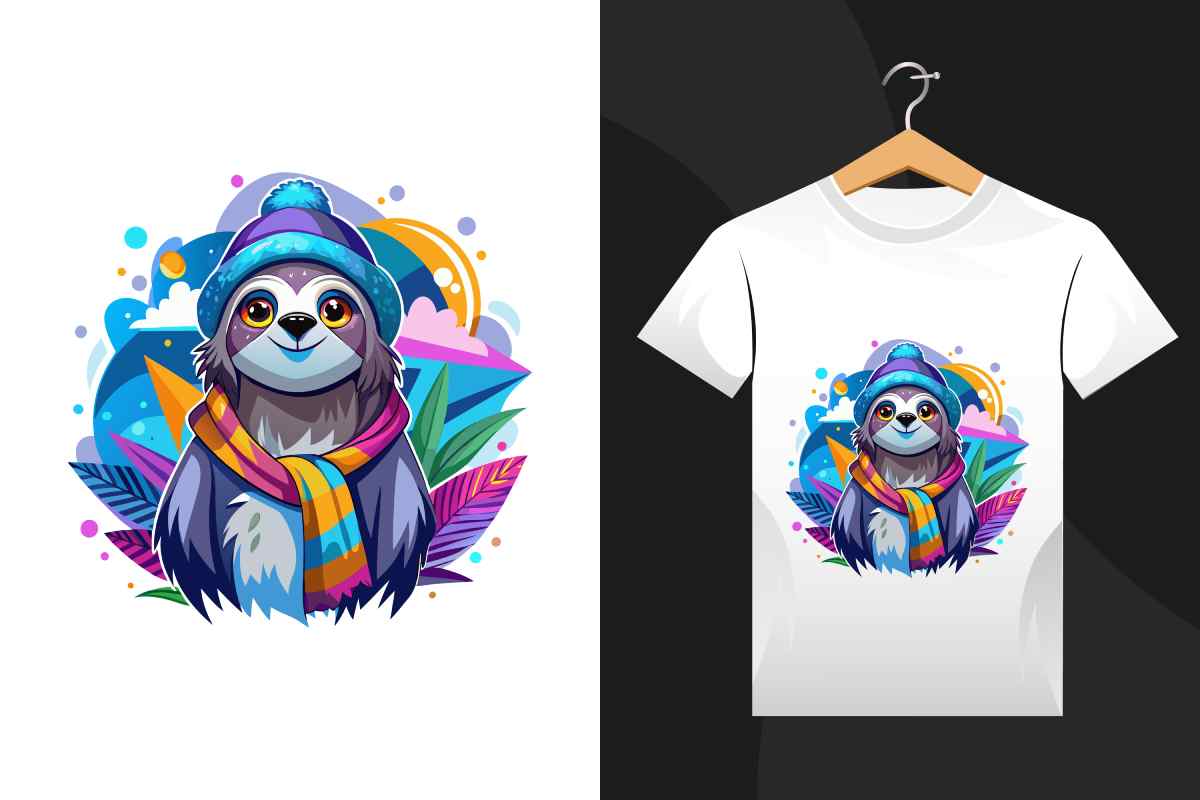
Comparing DTF Powders and DTF Inks
DTF Supplies Must Work Together
Every successful print depends on high quality dtf supplies. These include the inks powders films and supporting tools used to create vibrant long lasting transfers. When your dtf supplies are selected carefully and function in harmony they reduce production errors and elevate final output. Among the most critical components are the powders and inks which directly influence adhesion clarity and wash durability. Understanding how each one functions and how they differ is essential for consistent results.
DTF Powders Handle Adhesion Process
The main role of dtf powders is to act as an adhesive layer that bonds the printed image to the fabric during heat pressing. These powders are thermoplastic in nature and melt under heat to fuse the ink with the textile fibers. DTF powders come in various types depending on grain size melt point and fabric compatibility. Proper powder selection impacts the flexibility softness and strength of the final transfer which means choosing the right powder is essential for achieving strong durable prints.
DTF Inks Provide Color and Detail
While powders handle bonding dtf inks provide the visual aspects of the design. These pigment based inks are formulated to work on PET film and require precise drying behavior to support powder adhesion. High quality dtf inks offer vibrant color rich saturation and accurate detail which remain stable after multiple washes. Poor inks may fade crack or bleed especially if they lack proper pigment density or compatibility with your chosen powder and film.
DTF Supplies Require Compatibility Checks
Matching your dtf supplies is key to avoiding print failures and wasted materials. If your inks dry too quickly the powder won’t stick if the powder doesn’t melt evenly it won’t bond to the fabric. All dtf supplies including inks powders and films must be tested together under consistent press conditions. Even changing one brand or formulation can shift the entire chemistry of the transfer system. Compatibility ensures smoother production better color and higher customer satisfaction.
DTF Powders Impact Print Texture
Aside from adhesion dtf powders affect the tactile finish of the print. Fine powders produce smooth lightweight results while coarse powders add thickness and sometimes stiffness. The type of powder you use with your dtf inks will also influence the way color appears on the garment. Proper melting prevents ghosting or residue and enhances the softness of the design ensuring comfort and durability especially on wearables like t shirts hoodies and sportswear.
DTF Inks Interact with Film Surface
Another key difference is how dtf inks behave on the film compared to powders. Inks must settle evenly dry consistently and hold up under powdering without smudging. DTF inks also need to stay tacky long enough for the powder to stick properly. Films with poor coating or high static can interfere with ink deposition and ultimately reduce powder effectiveness. Ink that fails to sit properly on film may lead to peeling faded edges or broken details after pressing.
DTF Supplies Influence Production Flow
The choice between different dtf supplies especially powders and inks affects your entire workflow. Some dtf powders require longer curing times others melt faster at lower temperatures. Inks may dry slower or faster depending on humidity and printer calibration. Balancing these variables reduces downtime and keeps production efficient. Knowing how powders and inks work in tandem helps you troubleshoot faster scale production and deliver consistent output under tight deadlines.
Conclusion
Both dtf powders and dtf inks play unique and essential roles in transfer printing. Powders form the bond that keeps the design attached to fabric while inks create the image that brings the design to life. Matching these components with your dtf supplies like films and heat presses allows you to maintain quality and avoid failure. Understanding their differences and how they complement each other helps you make better material choices and produce outstanding results with every print job.
Frequently Asked Questions
-
What is the main role of DTF powder
It bonds the printed image to the fabric when heat is applied -
What makes DTF ink different from other inks
It is pigment based and designed to adhere with heat cured powder -
Can I use any powder with any ink
No powder and ink must be compatible for proper transfer performance -
Does ink color affect powder adhesion
Not directly but different colors may cure differently under heat -
How long can I store opened powder
Store in airtight containers and use within 6 to 12 months -
How do I know if ink and powder match
Test adhesion strength and wash durability on sample fabric -
Does film type affect powder bonding
Yes poor film coating may lead to weak or uneven powder adhesion -
Why does ink sometimes bleed on film
Film may be over saturated or not compatible with the ink type -
Should I use hot or cold peel powder
Choose based on the film type and your press workflow preferences -
Do DTF powders change the feel of fabric
Yes powder type affects softness and texture of the printed area






